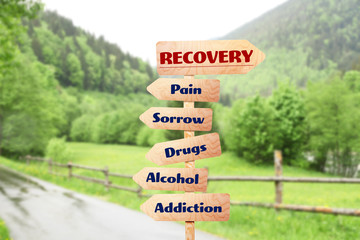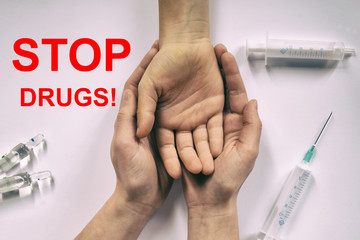Crack cocaine is a potent central nervous system stimulant produced by dissolving powdered cocaine in a mixture of water, ammonia, or baking soda. Several differences exist between crack and cocaine. The former is usually cheaper and more available than powdered cocaine.

Crack is the most dangerous form of cocaine. When users smoke crack, the drug enters the bloodstream through the lungs. Smoking crack brings a quicker and more powerful sense of euphoria than snorting cocaine, but the high from crack abuse doesn’t last long.
The pleasurable effects of smoking crack last for only five to 10 minutes, causing users to smoke more to maintain the effects. When the pleasurable effects of crack wear off, it results in a debilitating crash. The effects are short-lived, but crack can stay in your system for several days.
Crack Addiction and Cravings
Once it reaches the brain, crack cocaine works by increasing dopamine levels, the neurotransmitter associated with pleasure and reward. Under normal circumstances, neurons release dopamine as a response to potential rewards. The dopamine is then recycled back into its original cell.
Under the influence of crack cocaine, the cell is unable to reabsorb the dopamine, causing an influx of the neurotransmitter in the brain. This alters brain chemistry, leading crack users to develop intense cravings for the drug.
Short- and Long-Term Side Effects of Crack
Crack produces an immediate sense of euphoria and alertness. However, these effects quickly dissipate into unpleasant side effects. After the initial rush of smoking the drug, crack users start craving more. Taking more of it consistently ultimately has the individuals needing crack abuse help in no time at all.
Detox, Therapy & Support for Crack Addiction Recovery

Crack causes physical changes to the brain, making it difficult to quit using. When a person stops using the drug, he or she experiences cocaine withdrawal.
Supervised detox at a drug rehab facility can help patients overcome withdrawal. No approved medications can decrease cravings or crack cocaine withdrawal symptoms, but researchers are investigating drugs such as modafinil and disulfiram to treat the withdrawal symptoms.
Once people recover from physical dependency on crack, they can learn to overcome the psychological causes of crack drug addiction. Studies indicate that a type of therapy called contingency management decreases the likelihood of relapse in participants in recovery from cocaine addiction.
Other forms of counseling, such a cognitive behavioral therapy, can be used independently or alongside contingency management to boost recovery outcomes. Twelve-step programs such as Narcotics Anonymous or Cocaine Anonymous provide peer support for individuals recovering from crack addiction.

